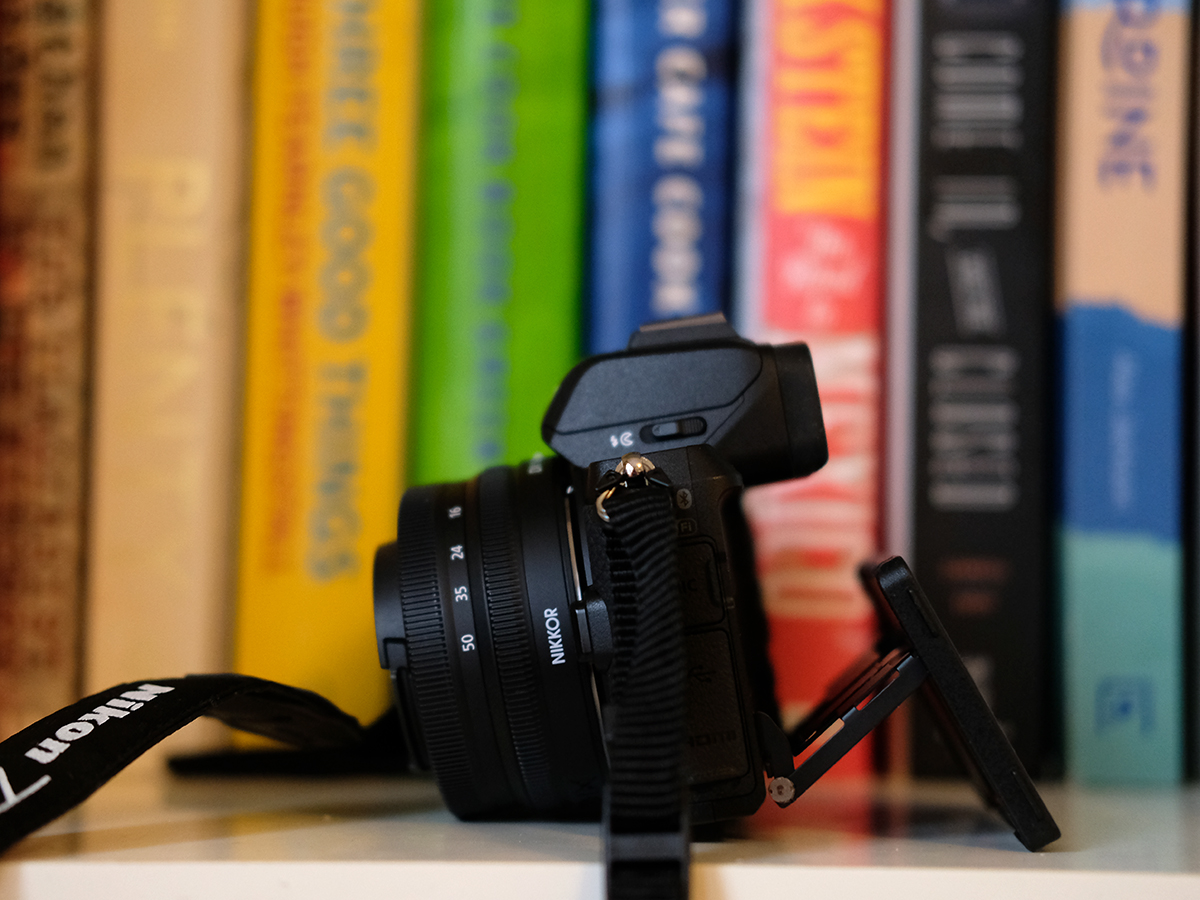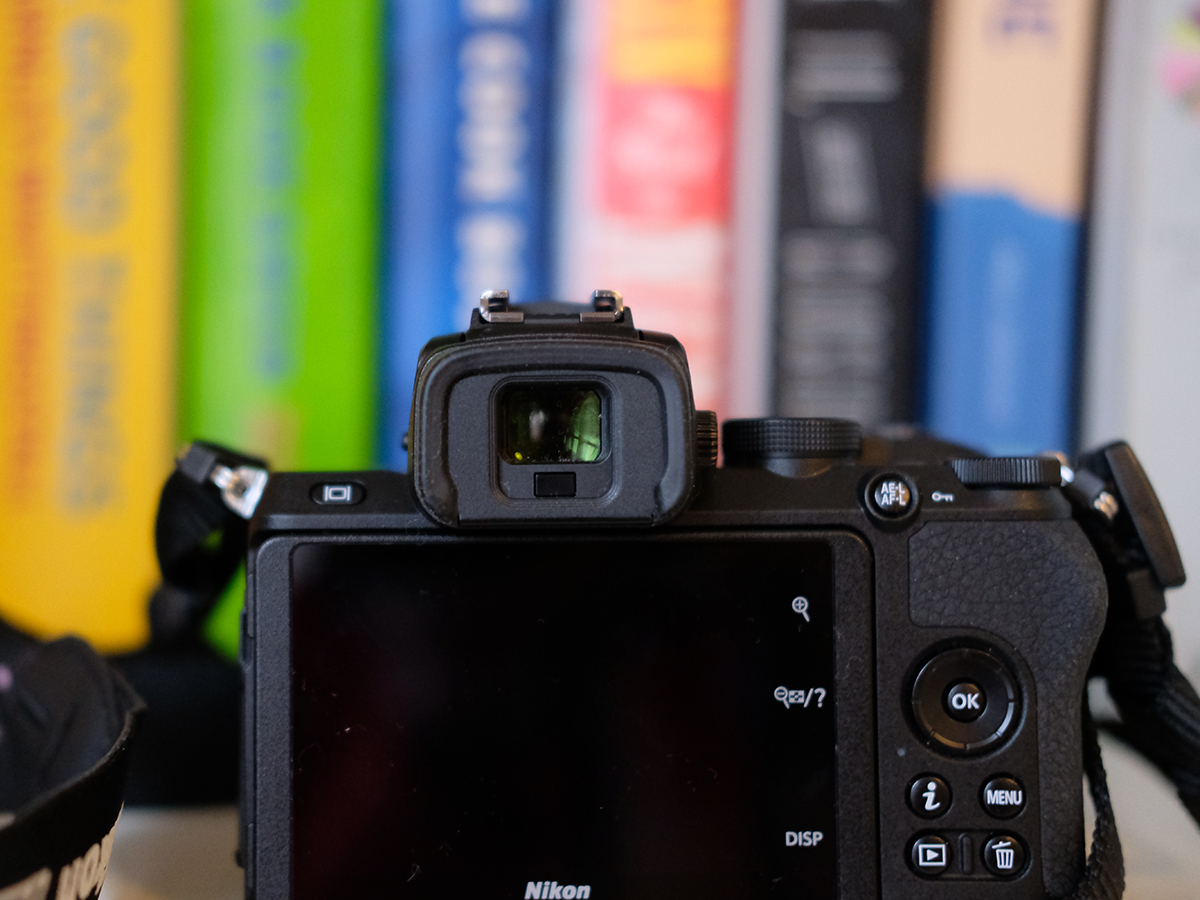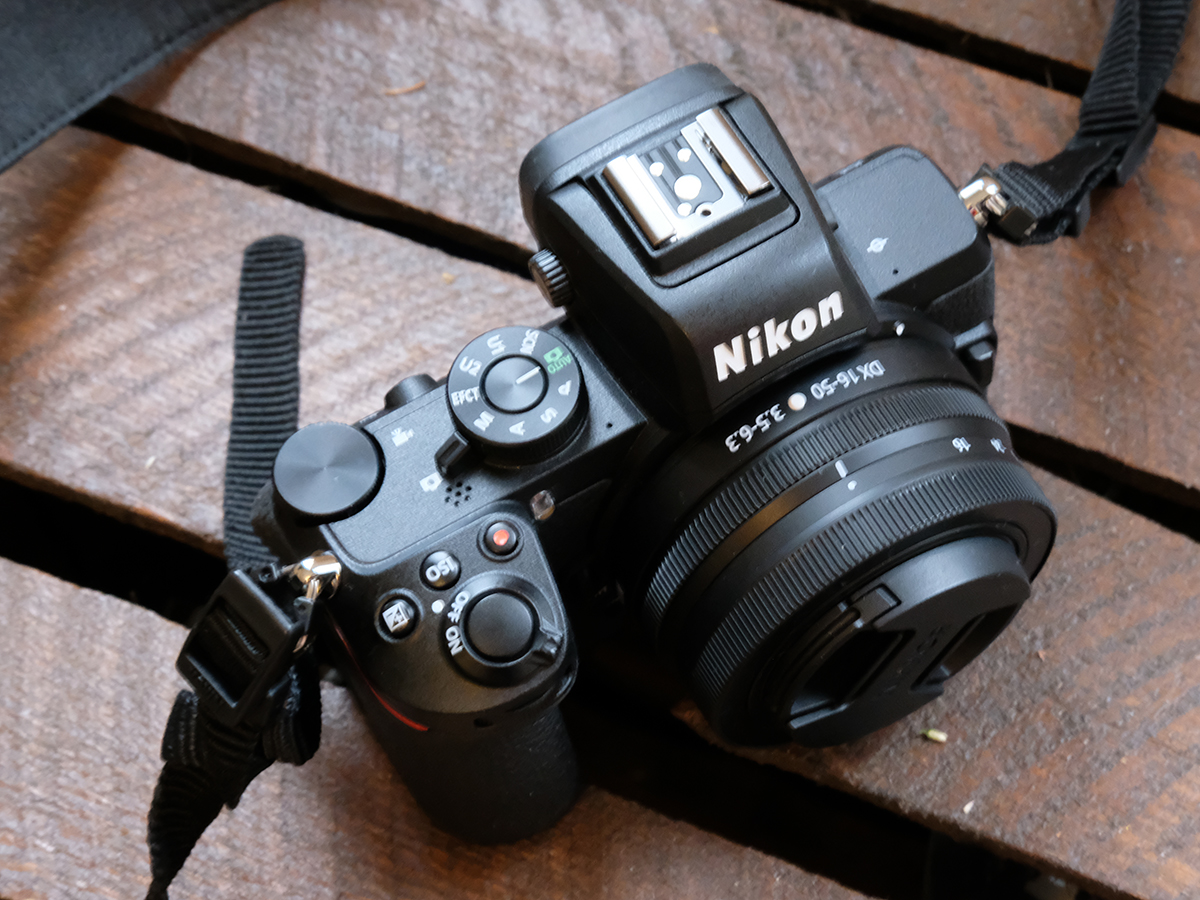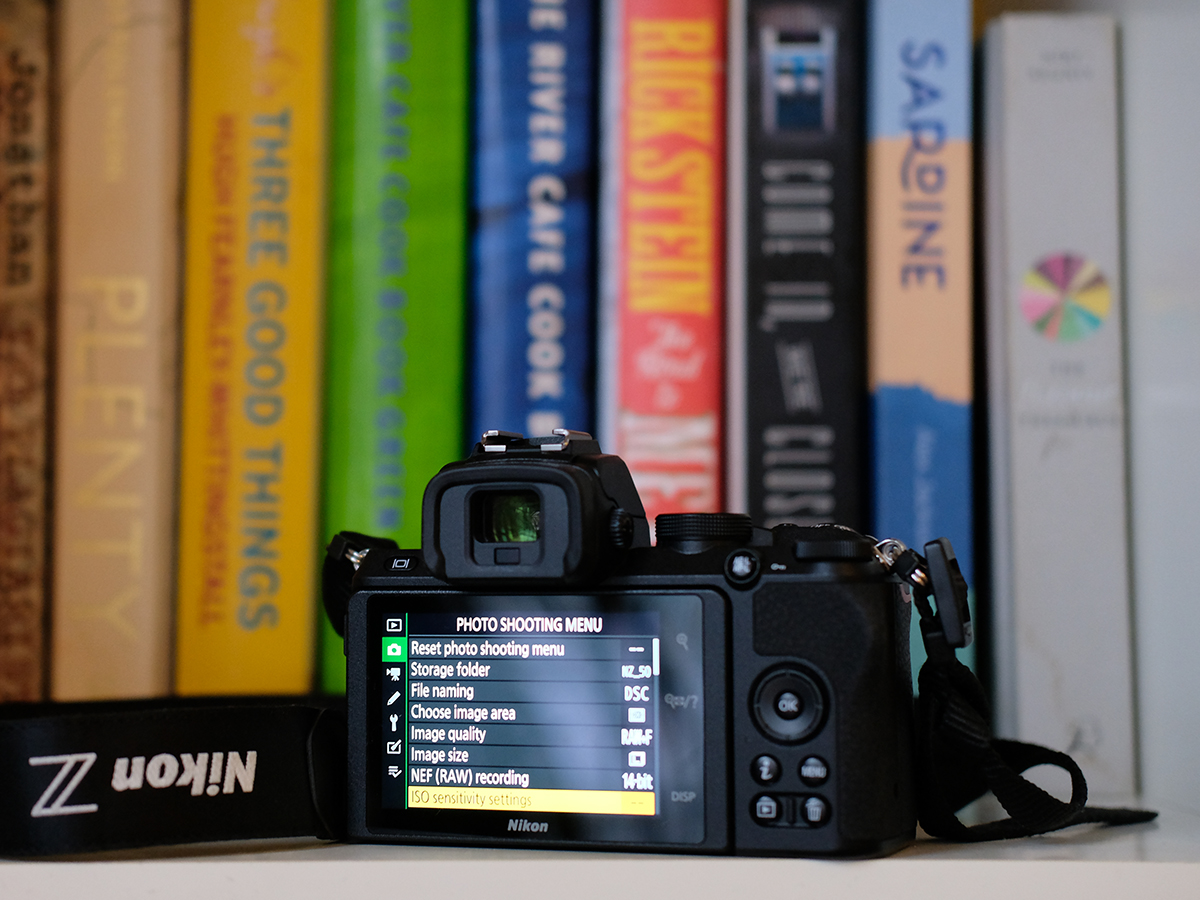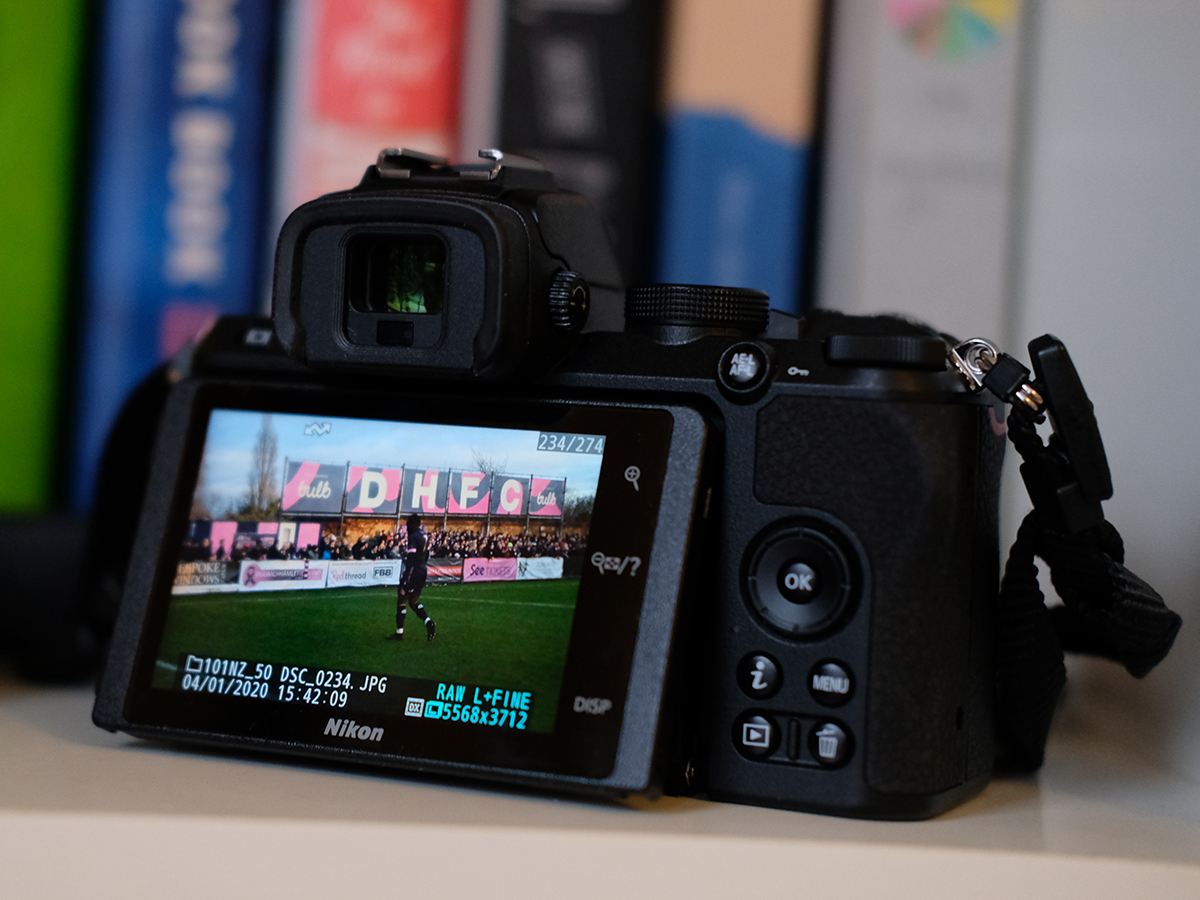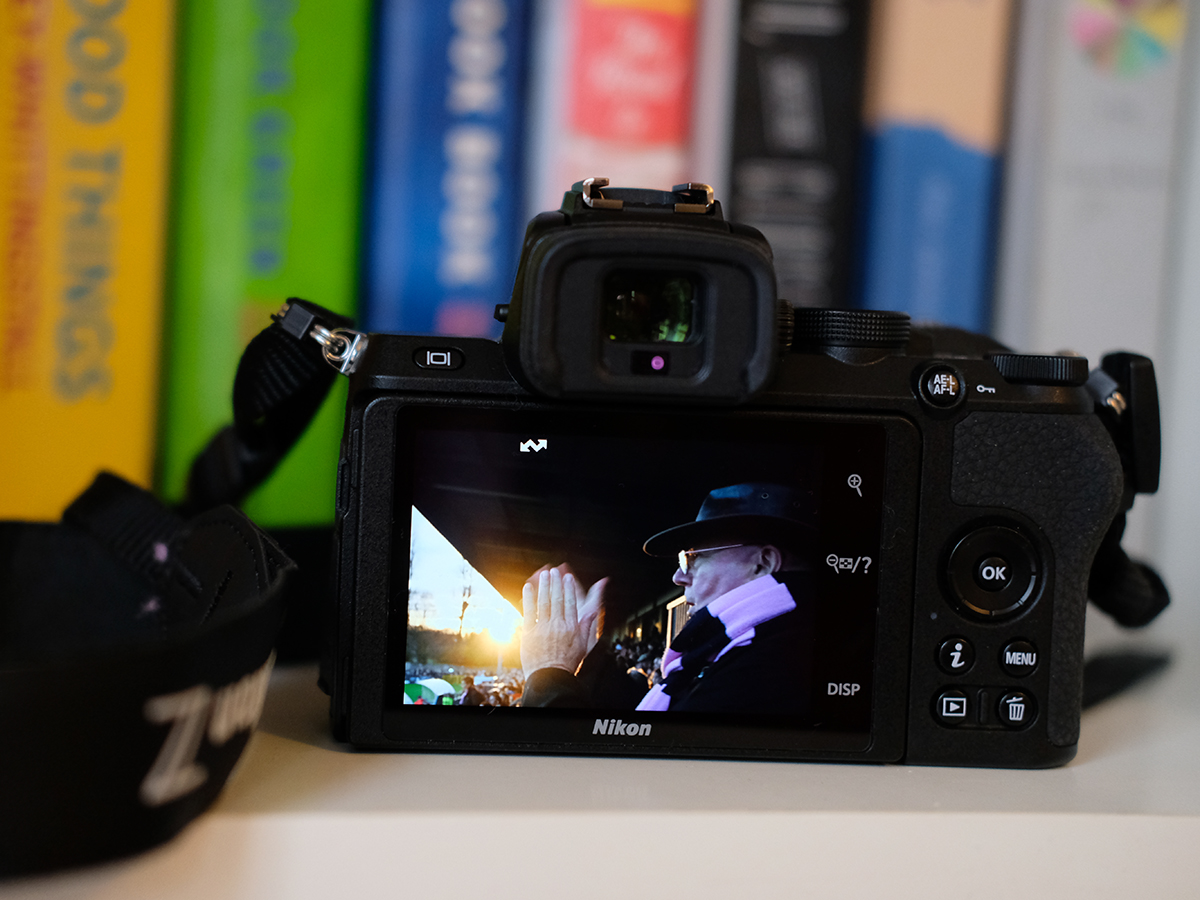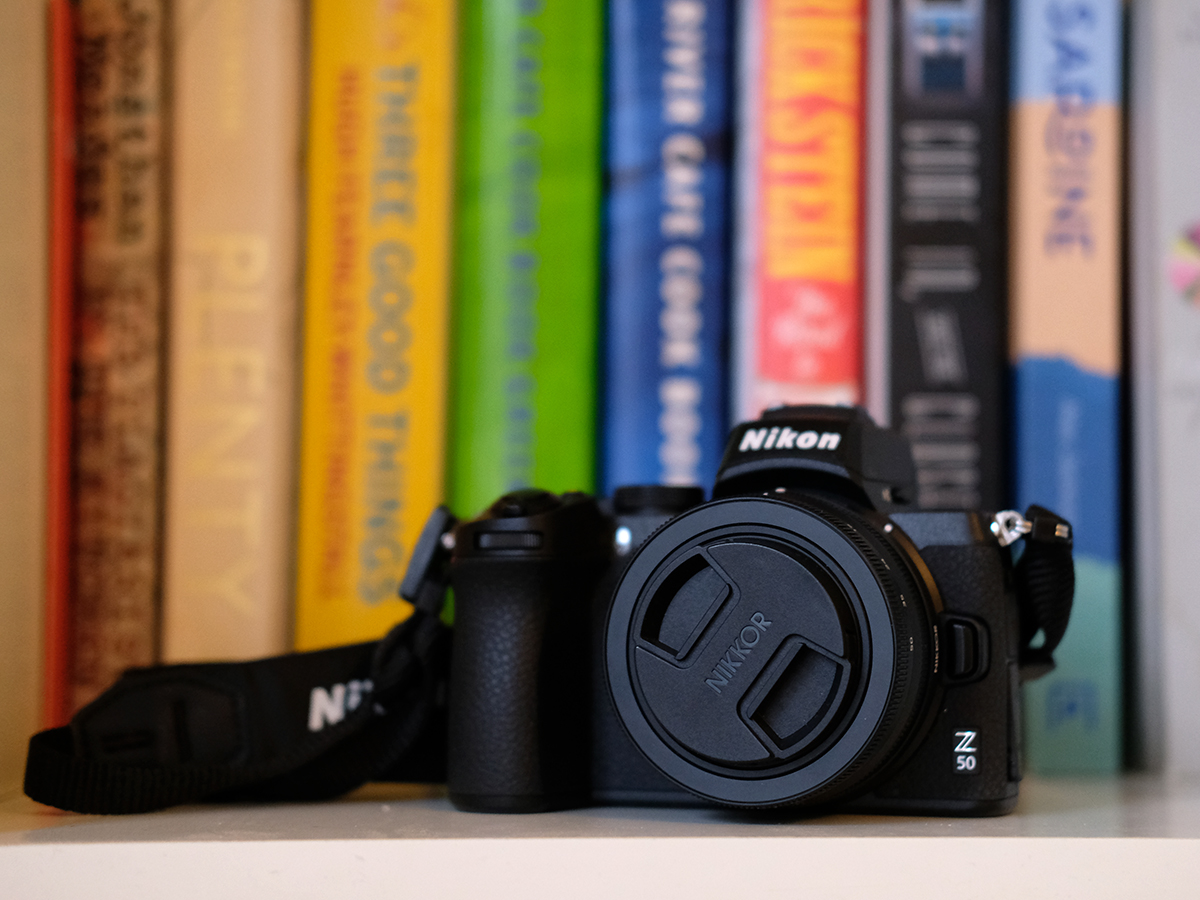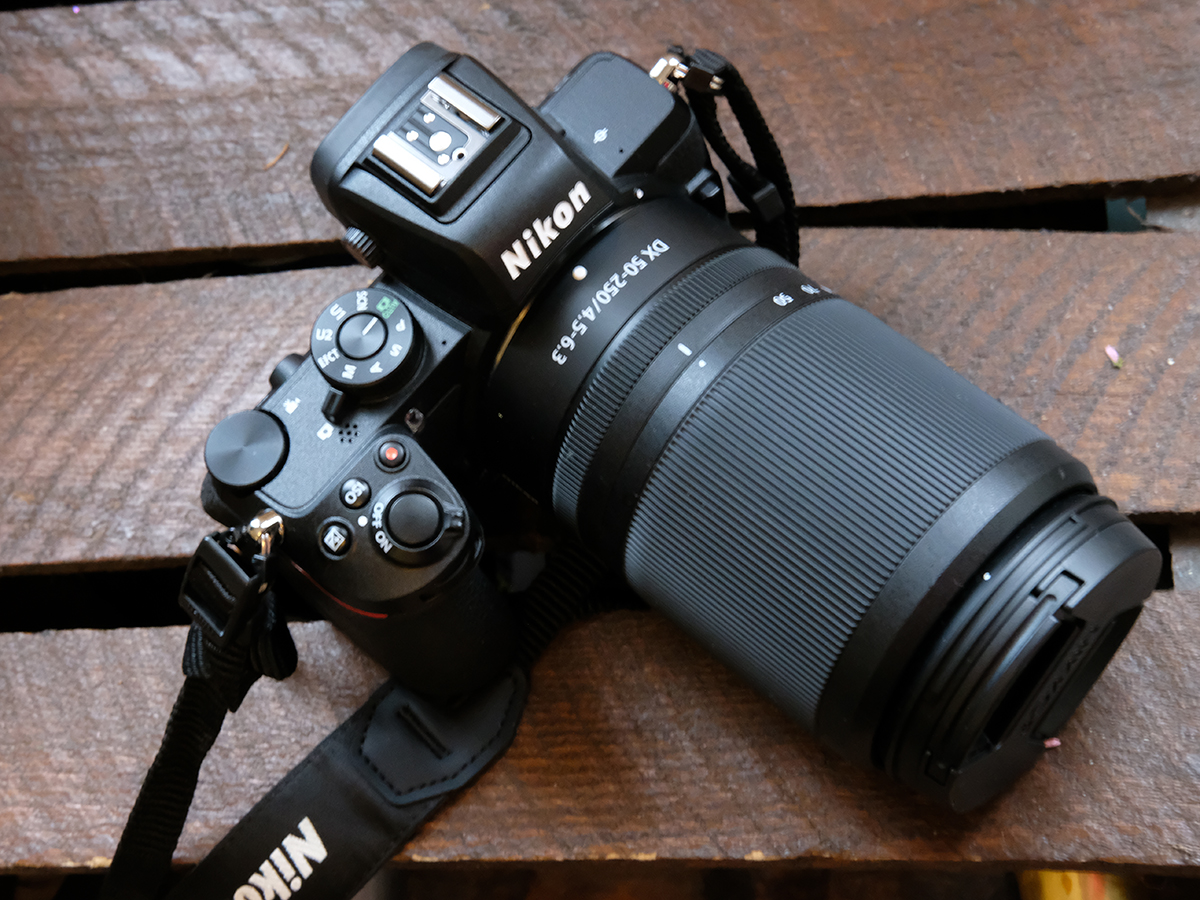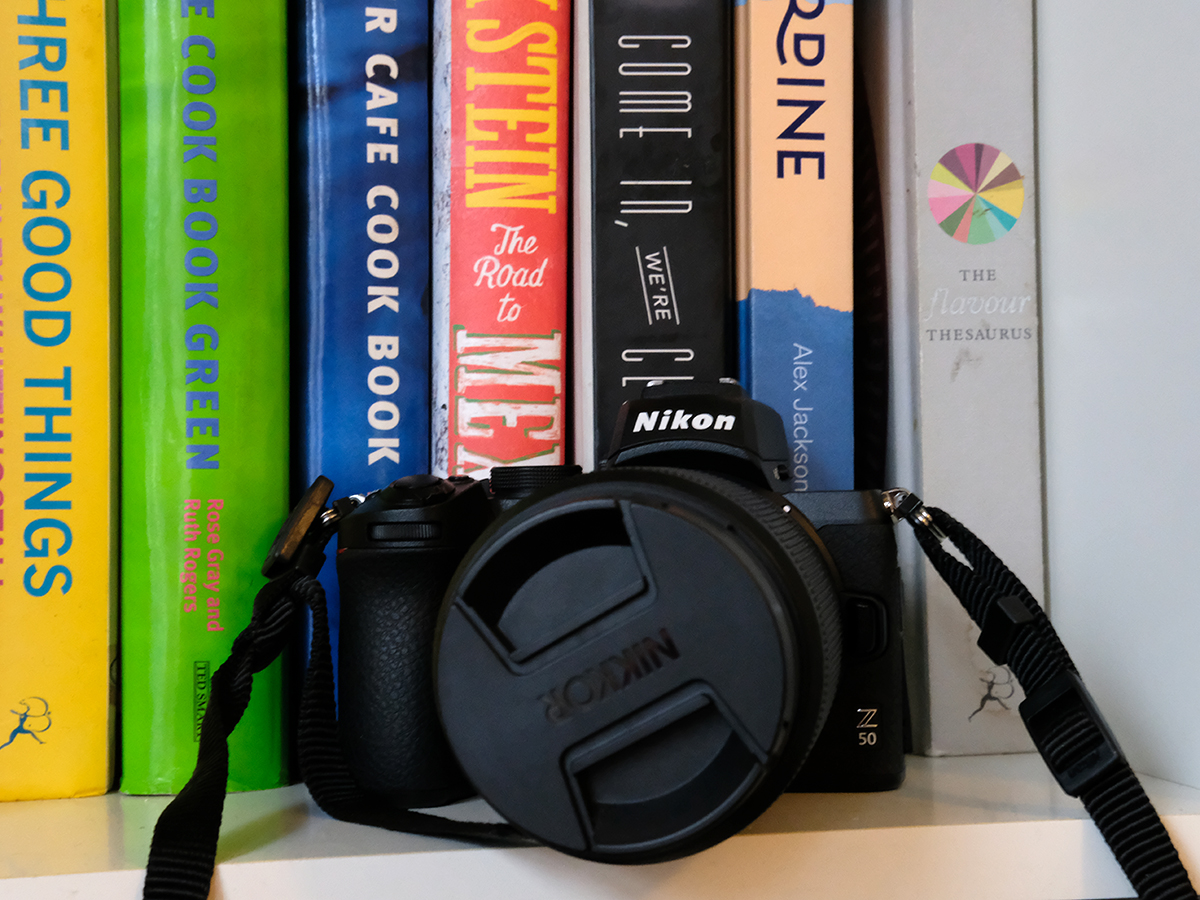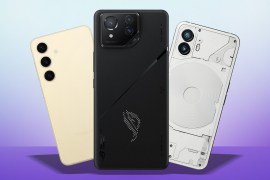Nikon Z50 review
Z series expands so more beginners can join in
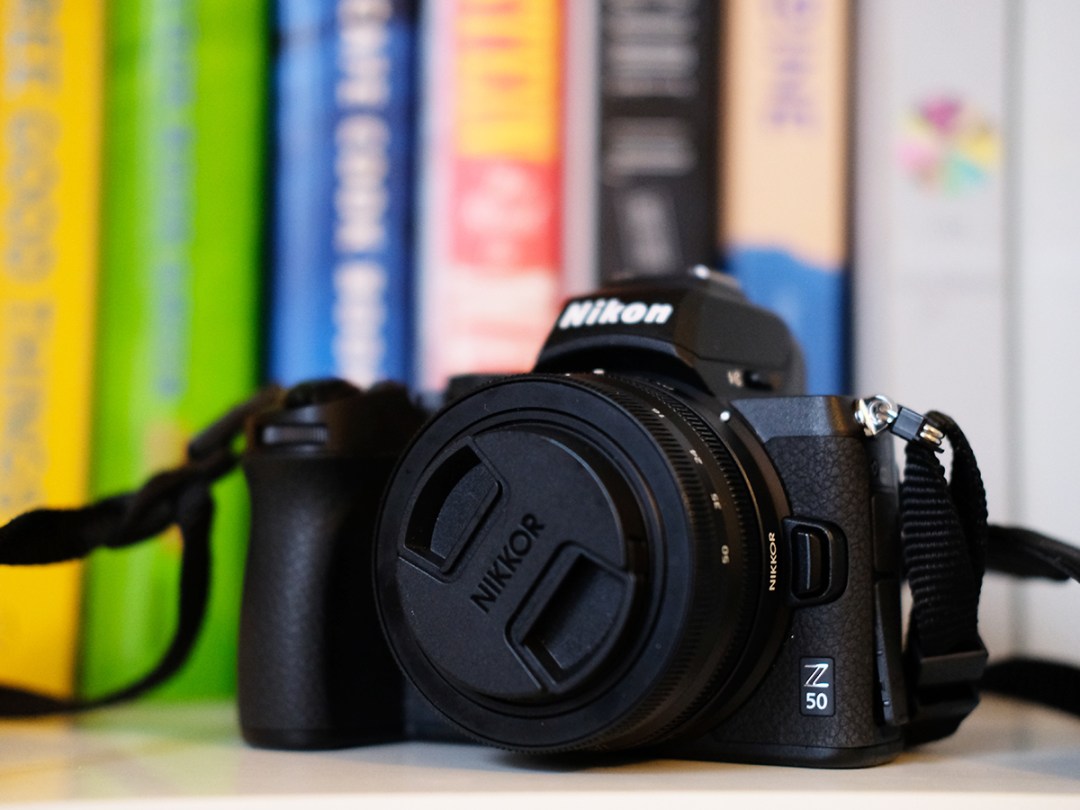
Nikon’s Z50 is the company’s first attempt at an APS-C format snapper with the aim of creating some fresh noise in the crowded system camera scene.
To slightly confuse matters Nikon calls this ‘DX format’, but the aim is simply build on the success of the Z6 and Z7 by offering its largest 55m Z mount on the relatively tiny body of the Z50.
A 20.9MP sensor is joined by an Expeed 6 processor, another feature carried over, which facilitates 4K video recording as well as an impressive ISO light sensitivity range from 100 to 51200. Lucky enough to already possess a Z6 or 7? You can use all of your existing lenses, plus feast on two new ones designed specifically for the DX format – a 16-50mm f/3.5-5.6 pancake lens and a 50-250mm telephoto – and there’s likely to be more announced throughout the year.
The Z6 and Z7 might be overkill for the burgeoning enthusiast who doesn’t need something so heavy-duty and that’s where the Z50 comes in – a proper camera in a shelter form for those looking to step up their photography skills.
A fraction of the price of its parents, trusty Nikon ergonomics and impressive image quality, albeit with compromised resolution from its pro-level counterparts, it still manages to stand out. Late to the party yet again, but Nikon’s gamble may well have paid off.
Let’s get acquainted.
Build and handling: Sturdy punk
The all-plastic camera weighs 450g with battery and card, it’s a snip of Nikon’s pro-level Z cameras and just as dinky too at 9.4cm x 12.7cm x 6cm, making it great to use one-handed. It’ll easily fit in a bag and with the pancake lens fixed too, in fact it’s so neat and tidy we were content with wearing it around our neck the entire time.
The deep textured grip on the right offers a slice of Nikon confidence and it becomes incredibly useful to pick up the camera this way. You’ll find a 0.39in, 2360k-dot EVF and a 3.2in tilting, touch-sensitive LCD which takes up most of the back of the camera, and you can even tap the screen to take a photo.
The zoom display functions are also included on the touchscreen as a space saving tactic. The layout of the controls are much the same as the Z6 and 7, and despite it being a lot smaller they don’t feel too close together and are easy to control with your thumb.
It’s unfortunate the screen doesn’t articulate sideways. With vloggers in mind it’ll be a real bind when trying to self-shoot using a gimbal as the screen will be blocked when it’s flipped. Alas, Nikon have promised there is a handle in the works.
There’s a mic-input, but no headphone jack located on the opposite side of the grip. You might notice the absence of a top LCD and a joystick which can be found on the Z6 and 7, again another cost saving exercise and we don’t miss the extra LCD, but the lack of joystick is a shame considering it’s our favourite way to select focus points.
A mode dial top right allows you to switch seamlessly between picture mode and video. Next to the lens are two ‘Fn’ buttons so you can manage pre-sets and easily hop to them.
Image Quality and performance: Straight to swell
The 20.9MP DX sensor borrows the hybrid AF system from Nikon’s full-frame Zs, and there are 207 AF points covering 90% of the sensor width and height. With 11fps continuous shooting range the Z50 matched many pro-level DSLRs and performs well in low light, producing some lovely results at nighttime using with the 50-250mm telephoto lens. See pic of the moon in the photo gallery.
The ISO range is 100-51200 and up to –4EZ, but it starts to get incredibly grainy once you get into the higher ISOs.
Eye AF locked onto a subject’s eye immediately and continued to do so, even when the subject started to move. Sadly, it doesn’t work for animals or wildlife, so you’ll have to focus on your puppy’s eyes manually, which is totally fine.
We spent a whole day shooting with the Z50 and still had one bar of battery by the time we got home. Nikon estimate a rather safe 300-shot battery life, we found it to be over that, but were only shooting stills and not video.
So how do our shots look? The colours are vibrant yet still true to reality, offering excellent dynamic range and the metering does a stellar job at balancing exposures. The Z50 had no trouble finding detail of clouds when photographing architecture set against bright skies.
The camera was adept at capturing the most awkward of light and is testament to the excellent processor and optics we love so much from the Z6 and 7. If you were to really zoom in on some of the photos, they start to look a touch grainy, but then you remember this is not a high resolution camera and the Fujifilm X-T30 offers slightly more at 24MP, but there’s not a lot in it. The silent mode is mighty useful when you want to sneak about on street photography missions too.
Easily flip the switch on the dial to video and shoot 4K across the full sensor width, there’s also the option for a 4K time-lapse sequence, which would be a benefit for ‘content creators’. There’s also a grin-inducing slow-motion footage mode to play with.
Nikon Z50 verdict
The Z50 might look just fine on paper, but it is mightier in the hand.
It borrows some of the best features from the Z6 without both the physical and financial heft. Many might see this as the perfect travel camera, especially with the addition of the super slim pancake lens, which makes the whole package an absolute joy to use and so light too, making this a camera to take everywhere. No longer will you bore your holiday chums with the dreary quagmire of the ‘Do-I-Don’t I-take-my-camera-today?’ debate.
But it’s also so much more than this. It could be your first ‘proper’ camera and with the lenses on offer it’s only going to get better as your photography skills do too. Testament to Nikon’s great optics, the two new lenses are an immense starter kit, and for its first foray into the APS-C market, it’s quite impressive.
Tech specs
| Dimensions | 13 x 9 x 6 cm |
| Weight | 395g (body only) |
| Lens mount | Nikon Z |
| Format | APS-C |
| Sensor | CMOS |
| Resolution | 20.9MP |
| Image file | JPEG, RAW |
| ISO | 100 to 51,200 (Extended: 100 to 204,800) |
| Continuous shooting | Up to 11fps |
| Video modes | UHD 4K (3840 x 2160) at 23.976p/25p/29.97p, Full HD (1920 x 1080) at 23.976p/25p/29.97p/50p/59.94p/100p/119.88p |
| AF | 209 phase detection points |
| Memory | single slot SD |
Stuff Says…
The Z50 is one of the best APS-C cameras out there offering a multitude of the pro-level features introduced on the Z6 and 7, at a fraction of the price.
Good Stuff
Excellent handling
Good dynamic range
Decent value
Bad Stuff
Not particularly high resolution
